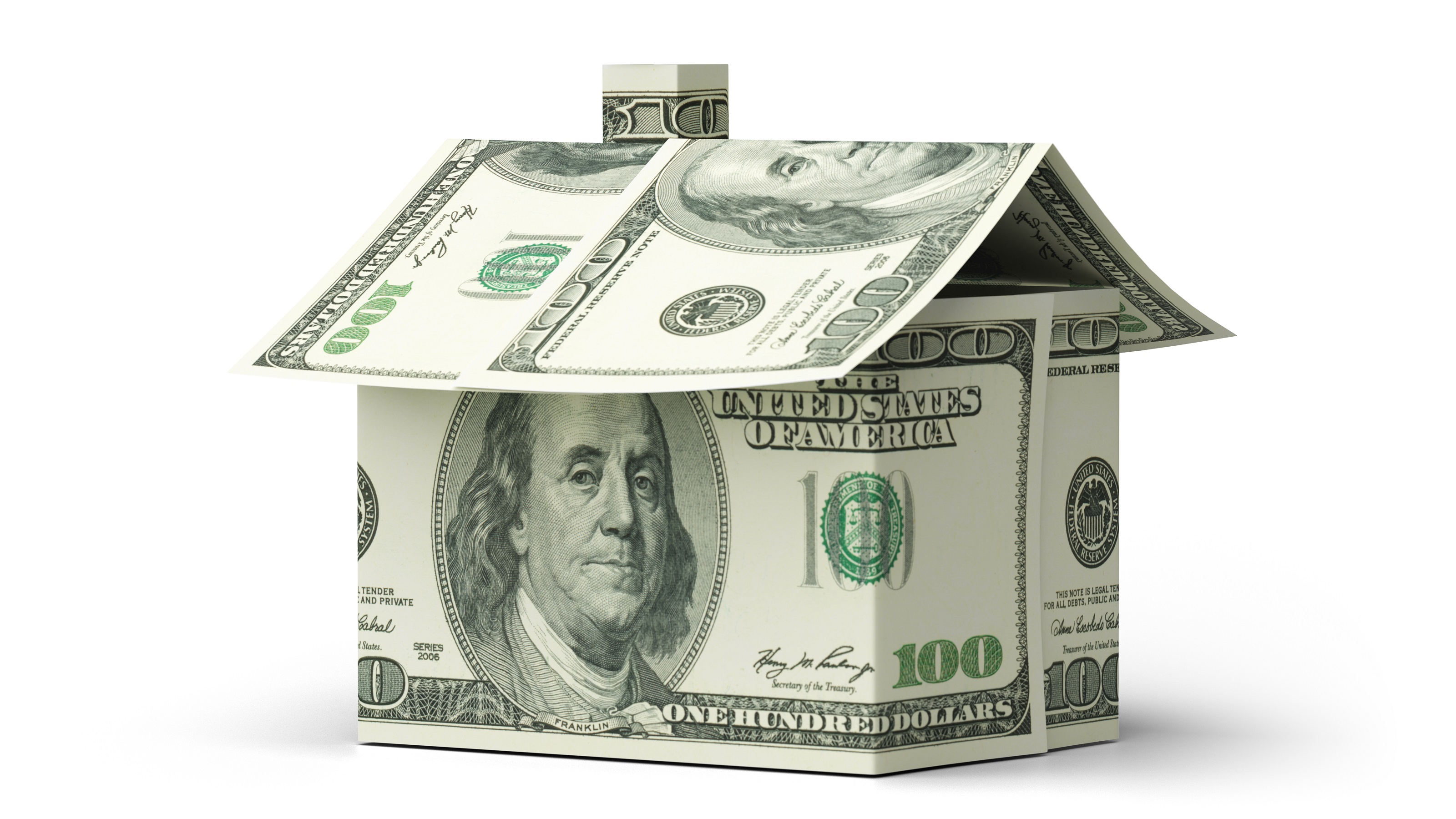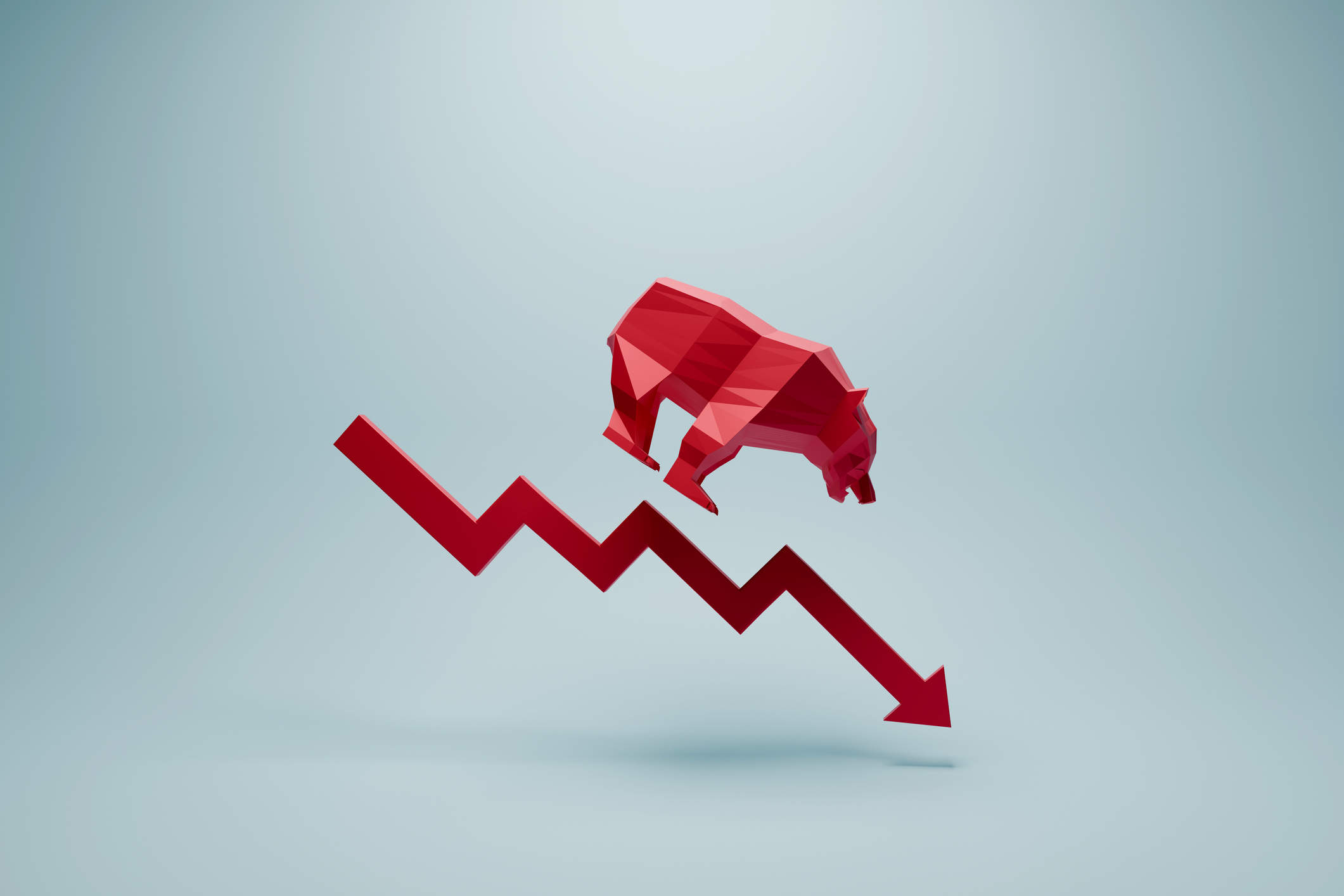Stock Market Today: Tariff Pause Triggers 3,000-Point Dow Rally
The bond market is sending concerning signals as the Trump administration executes its rapid reordering of global trade relationships.



President Donald Trump put his wind behind equity indexes with a post on Truth Social on Wednesday at 1:30 pm Eastern Daylight Time, announcing a 90-day pause on most of his tariffs but also reducing his trade war to a U.S. vs China superpower struggle. Meanwhile, a healthy auction eased fear in the bond market.
"Based on the lack of respect that China has shown to the World’s Markets, I am hereby raising the Tariff charged to China by the United States of America to 125%, effective immediately," the president said on his social media feed.
Because "more than 75 Countries" have reached out to talk to the president's people, Trump said, he "authorized a 90 day PAUSE, and a substantially lowered Reciprocal Tariff during this period, of 10%, also effective immediately."

Sign up for Kiplinger’s Free E-Newsletters
Profit and prosper with the best of expert advice on investing, taxes, retirement, personal finance and more - straight to your e-mail.
Profit and prosper with the best of expert advice - straight to your e-mail.
The president's negotiating position has been undermined because tariffs were not having the immediate effect his administration desires.
"The recent price action of higher Treasury yields despite lower equity prices is eerily similar to the COVID-19 episode," writes LPL Financial Chief Fixed Income Strategist Lawrence Gillum.
Gillum observes that "price action isn't just in U.S. markets; global bond markets are experiencing similar selling pressures." The bottom line is U.S. Treasury securities "have not acted like haven assets yet" during this global sell-off.
At the closing bell, the blue-chip Dow Jones Industrial Average surged 7.9% to 40,608. The broad-based S&P 500 Index jumped 9.5% to 5,456. And the tech-heavy Nasdaq Composite soared 12.2% to 17,124.
The yield on the 10-year U.S. Treasury note
Meanwhile, the yield on the 10-year U.S. Treasury note was down to 4.345% by 4 pm EDT after rising as high as 4.515% early on Wednesday.
A healthy government auction of $39 billion in 10-year notes eased fear of an accelerating flight from U.S. dollar-denominated assets. And the president's post provided additional relief.
Now more than ever, it pays to understand the 10-year U.S. Treasury yield, what it means to the global financial system and how its path will shape the second administration of President Donald J. Trump.
Treasury Secretary Scott Bessent has said in multiple speeches, interviews and appearances since January and into April that the 10-year U.S. Treasury yield is a particular focus of the Trump administration as it carries out the president's tariffs strategy.
"The message from Bessent is consistent with our view that he has essentially one job," wrote Evercore ISI Vice Chairman Krishna Guha in February.
That job is "to try to prevent the 10-year yield from breaking 5%, at which point we think 'Trumponomics' breaks down, with equities rolling over and housing and other rate-sensitive sectors breaking lower."
In an interview on Fox News on Wednesday, the Treasury secretary said the "convulsions" in the bond market are not "systemic."
What the FOMC said
Minutes from the March 18-19 Fed meeting show monetary policymakers were getting more concerned about President Trump's tariffs.
"A majority of participants noted the potential for inflationary effects arising from various factors to be more persistent than they projected," read the minutes, which were released Wednesday at 2 pm.
The FOMC voted to keep the federal funds rate unchanged at 4.25% to 4.50%, as expected, and also announced a slower pace of quantitative tightening (QT).
Amid "growing speculation around potential Fed intervention" due to recent financial market volatility, Goldman Sachs analysts Matthew Raskin and Steven Zeng note that such a move is unlikely.
"This was the message Chair Powell delivered last week," the analysts write, "and the intense sell-off in rates markets since has likely not yet changed that calculus."
When Raskin and Zeng prepared their note, fed funds futures prices reflected a 10% to 15% probability the Fed would indeed step in ahead of the May Fed meeting. At the same time, they wrote, "A cut could actually be counterproductive if it lifts inflation expectations."
What could prompt Fed intervention? According to Raskin and Zeng, we would have to see "a breakdown in market functioning.
"In that context," they explain, "what is troubling is the pace of recent U.S. Treasury moves, the sharp cheapening in USTs relative to swaps, and especially the fact that UST yields are rising sharply as risk assets sell off."
This suggests "a diminution in safe-haven qualities that harkens back to March 2020."
Fly like an airline
Delta Air Lines (DAL) was taking off before President Trump provided additional lift with his Truth Social – even though management pulled its full-year guidance because "growth has largely stalled" on uncertainty about the impact of the administration's trade war on consumer spending and the broader economy. The industrial stock ended the day up 23.4%, narrowing its year-to-date price-only loss to 26.8%.
"Given the lack of economic clarity," said Delta CEO Ed Bastian in a statement, "it is premature at this time to provide an updated full-year outlook." Bastian added that "Delta remains well positioned to deliver solid profitability and free cash flow for the year."
Delta reported first-quarter EPS of 46 cents, ahead of a consensus forecast of 38 cents. Management "pre-announced" on March 10 downward revisions to its first-quarter revenue, operating margin and EPS forecasts. Delta was one of the first companies to issue a warning based on trade war concerns.
"The airline sector is in the eye of the storm," says TD Cowen analyst Tom Fitzgerald, "but we believe Delta to be a better port in the storm than many peers due to its revenue diversity and balance-street strength." Fitzgerald reiterated his Buy rating and his $45 12-month price target for DAL stock.
Related content
- Trump's Sweeping New Tariffs Rattle Wall Street, Main Street
- The Best Financial Stocks to Buy
- Now's a Great Time to Become a Financial Adviser: Here's Why
Get Kiplinger Today newsletter — free
Profit and prosper with the best of Kiplinger's advice on investing, taxes, retirement, personal finance and much more. Delivered daily. Enter your email in the box and click Sign Me Up.

David Dittman is the former managing editor and chief investment strategist of Utility Forecaster, which was named one of "10 investment newsletters to read besides Buffett's" in 2015. A graduate of the University of California, San Diego, and the Villanova University School of Law, and a former stockbroker, David has been working in financial media for more than 20 years.
-
 Stock Market Today: Stocks Surge to Close a Volatile Week
Stock Market Today: Stocks Surge to Close a Volatile WeekIt was another day with a week's worth of both news and price action, but it ended on a strongly positive note.
By David Dittman Published
-
 Which Stocks Stayed Green as the Market Plummeted?
Which Stocks Stayed Green as the Market Plummeted?Only a handful of S&P 500 stocks managed to generate gains during the market's historic four-day plunge.
By Dan Burrows Published
-
 Stock Market Today: Stocks Surge to Close a Volatile Week
Stock Market Today: Stocks Surge to Close a Volatile WeekIt was another day with a week's worth of both news and price action, but it ended on a strongly positive note.
By David Dittman Published
-
 Home Insurance: How to Cut Costs Without Losing Coverage
Home Insurance: How to Cut Costs Without Losing CoverageNatural disasters are causing home insurance premiums to soar, but don't risk dropping your coverage completely when there are ways to keep costs down.
By Jared Elson, Investment Adviser Published
-
 Markets Roller Coaster: Resist the Urge to Make Big Changes
Markets Roller Coaster: Resist the Urge to Make Big ChangesYou could do more harm than good if you react emotionally to volatility. Instead, consider tax-loss harvesting, Roth conversions and how to plan for next time.
By Frank J. Legan Published
-
 Why Homeowners Insurance Has Gotten So Very Expensive
Why Homeowners Insurance Has Gotten So Very ExpensiveThe home insurance industry is seeing more frequent and bigger claims because of weather, wildfires and other natural disasters.
By Karl Susman, CPCU, LUTCF, CIC, CSFP, CFS, CPIA, AAI-M, PLCS Published
-
 Stock Market Today: Uncertainty Proliferates: Dow Loses 1,014 Points
Stock Market Today: Uncertainty Proliferates: Dow Loses 1,014 PointsWeaker-than-expected consumer inflation data wasn't enough to stabilize sentiment during another volatile day for financial markets.
By David Dittman Published
-
 Going Through Probate? How to Find the Right Attorney
Going Through Probate? How to Find the Right AttorneyJust having the skills and experience to do the job isn't enough. The probate attorney you hire needs to have the right temperament for your particular case.
By John R. Silva, Esq. Published
-
 Widow's Penalty: Three Ways to Protect Your Finances
Widow's Penalty: Three Ways to Protect Your FinancesHigher Medicare premiums, smaller Social Security payments, bigger tax bills … Financial changes can hit hard when a spouse dies. How to counter the blow.
By Ashley Terrell, IAR Published
-
 Four Ways Your Phone Can Help You Weather Market Volatility
Four Ways Your Phone Can Help You Weather Market VolatilitySmartphone apps can help investors make healthy decisions and maintain a disciplined investment approach — even when emotions try to steer them off course.
By Marco De Freitas Published